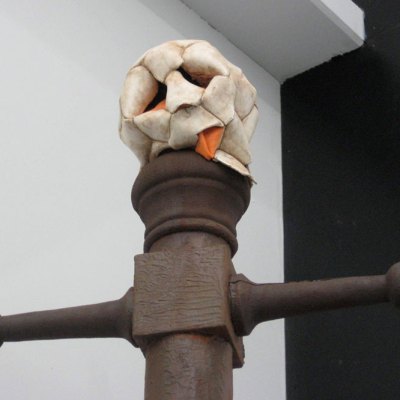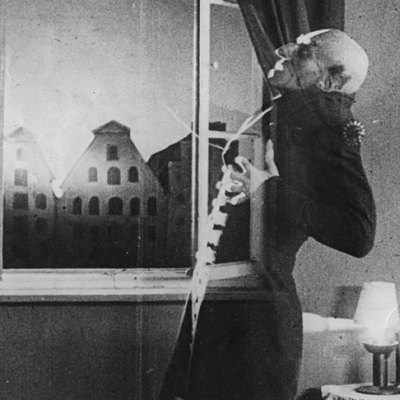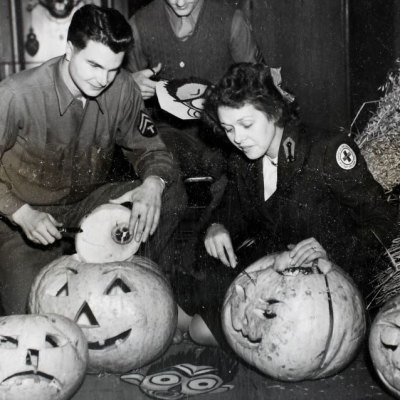

Mother and Son. (2015; detail), Peter Paone. Brandywine Museum of Art, Chadds Ford, Pennsylvania. © Peter Paone

‘Four things to see’ is sponsored by Bloomberg Connects, a free arts and culture platform that provides access to museums, galleries and cultural spaces around the world on demand. Explore now.
Each week we bring you four of the most interesting objects from the world’s museums, galleries and art institutions, hand-picked to mark significant moments in the calendar.
As the shadows lengthen and autumn’s chill descends, Halloween rears its pumpkin-shaped head once again. This ancient festival is rooted in Celtic Samhain traditions that marked the boundary between summer and autumn – and the boundary that separates our world from the spirit realm. Since then Halloween has evolved into a global phenomenon, a cultural performance in which people of all ages turn into any number of supernatural beings.
The event’s enduring appeal lies in its embrace of the macabre and fantastical. Where many festivals celebrate light and renewal, Halloween revels in shadow and decay. Artists have long been drawn to its rich symbolism, finding in these icons both reminders of mortality and opportunities for creative transformation. Be it skulls, skeletons, witches or folkloric demons, Halloween imagery crops up in many disparate cultures while maintaining its essential function: making the frightening familiar and the taboo temporarily permissible. This week we look at four works that seem tailor-made for spooky season.
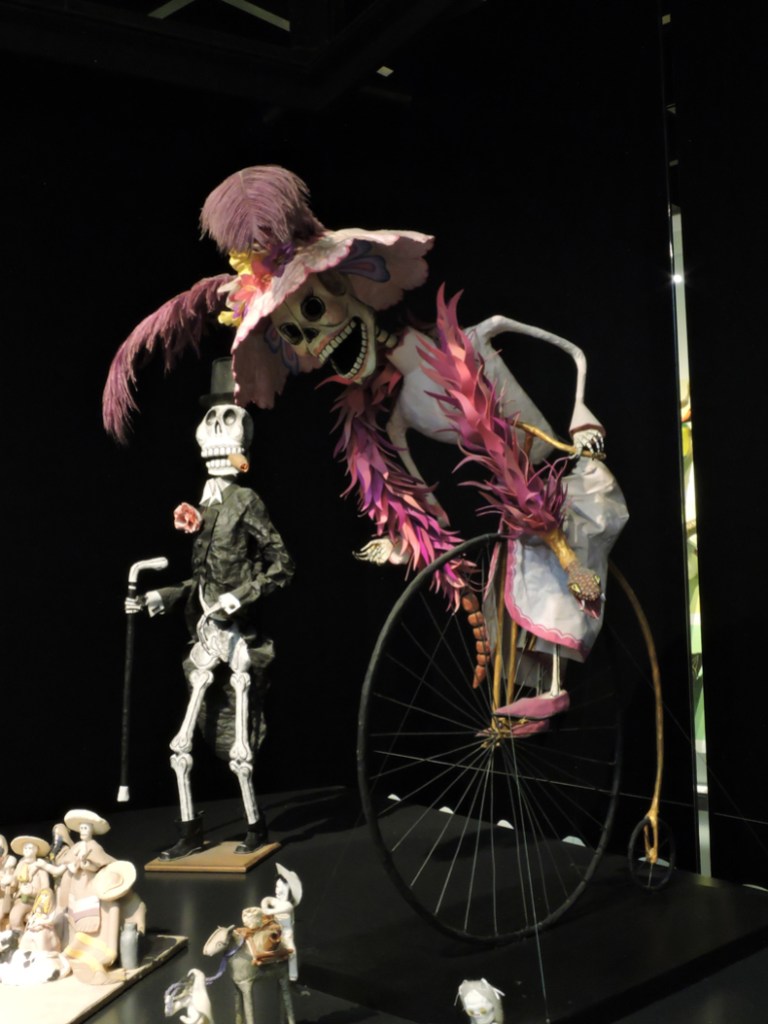
Catrín y Catrina en bicicleta (n.d.), Paula García Ventura
Museo de Arte Popular, Mexico City
In Mexico, Halloween is celebrated predominantly by children as a day of witches; it is a prelude to the far more expansive Day of the Dead festivities, which take place in early November. García Ventura’s interpretation of José Guadalupe Posada’s well-known image ‘La Catrina’ (1912) updates it for modern Mexico. Originally conceived as a comment on Mexicans who denied their Indigenous heritage in favour of European affectations, Posada’s elegant skeleton proclaimed that ‘death is democratic’ – rich or poor, it gets us all in the end. Click here to find out more.
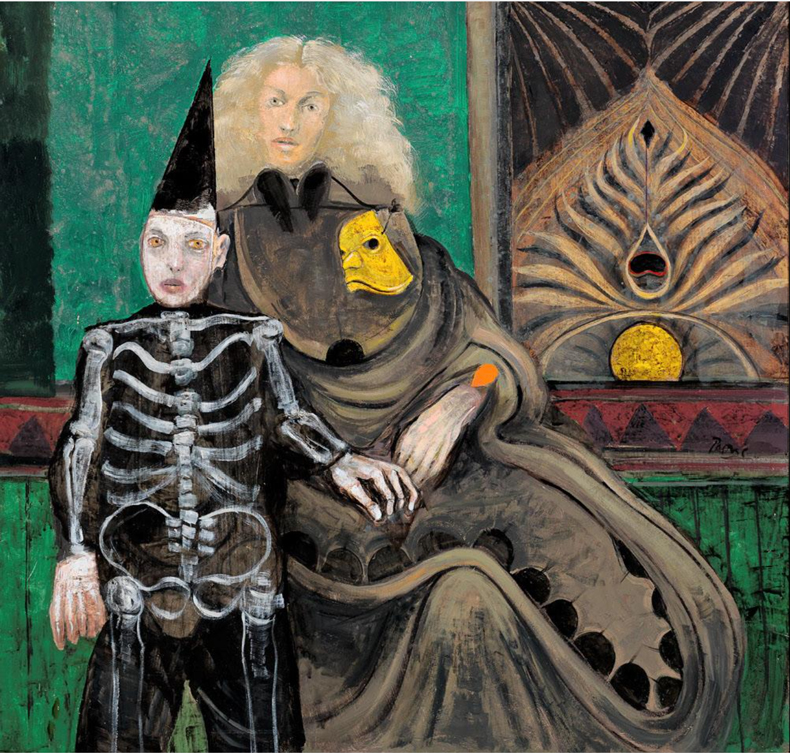
Mother and Son (2015), Peter Paone
Brandywine Museum of Art, Chadds Ford, Pennsylvania
Paone’s enigmatic painting was informed by decades of collecting early 20th-century Halloween ephemera; it translates nostalgic decorations into unsettling contemporary art. Paone combines meticulous realism with fantastical imagery, creating a world where Halloween becomes a permanent state rather than a seasonal celebration. His longtime fascination with the holiday reveals how its symbols can transcend commercial kitsch and express themes such as loneliness and yearning. Click here to read more.
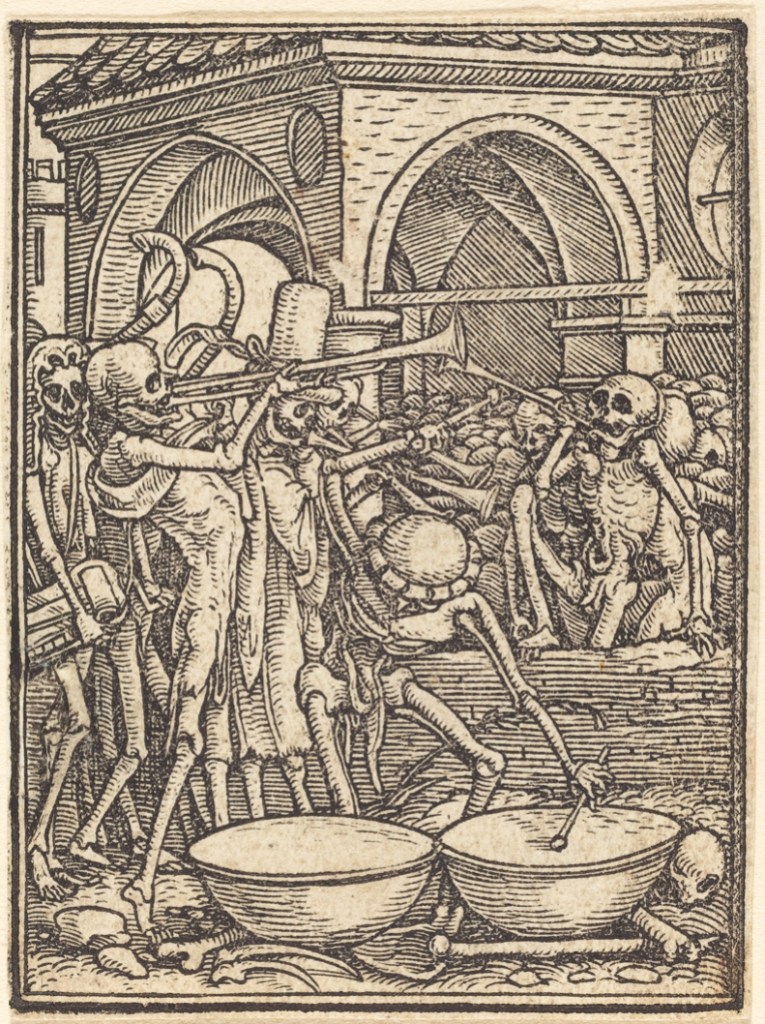
Skeletons Making Music (c. 1526), Hans Lützelburger after Hans Holbein the Younger
Rijksmuseum, Amsterdam
This image belongs to the medieval danse macabre tradition, where death’s inevitability levels all social distinctions. The skeletons’ brass instruments evoke the Last Judgement’s apocalyptic trumpets, their music serving as both entertainment and warning. Holbein’s vision pre-dates our notion of Halloween by several centuries yet captures the holiday’s essential paradox: death as both fearsome reality and darkly comic spectacle. As well as being full of delightful details, the print hints at the absurdity of human endeavour in the face of death. Click here to discover more.
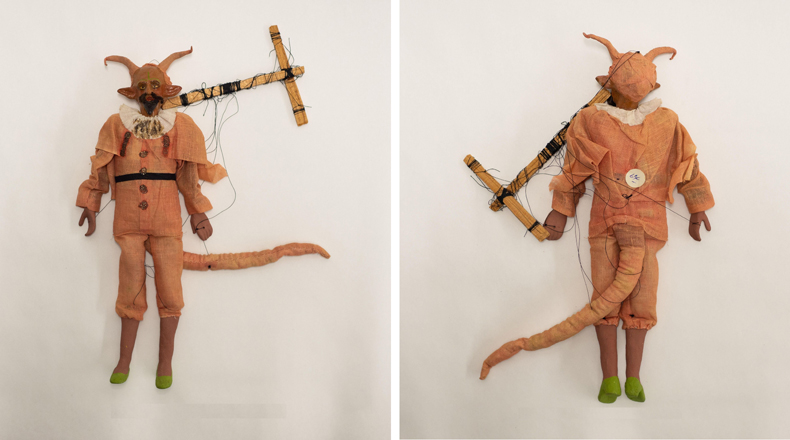
Devil marionette (n.d.), maker unknown
New Museum Los Gatos, California
This devil puppet embodies Halloween’s transformation of religious terror into playful performance. The marionette’s ceramic features and facial expression render Satan ridiculous, while his strings suggest that fearsome supernatural forces can be brought under human control. Folk traditions around the world have long used puppetry to make frightening concepts feel less scary through miniaturisation and manipulation, turning existential threats into entertainment. It allows us to confront deep fears with playfulness while maintaining the transgressive thrill of dancing with darkness. Click here to learn more.

‘Four things to see’ is sponsored by Bloomberg Connects, a free arts and culture platform that provides access to museums, galleries and cultural spaces around the world on demand. Explore now.
